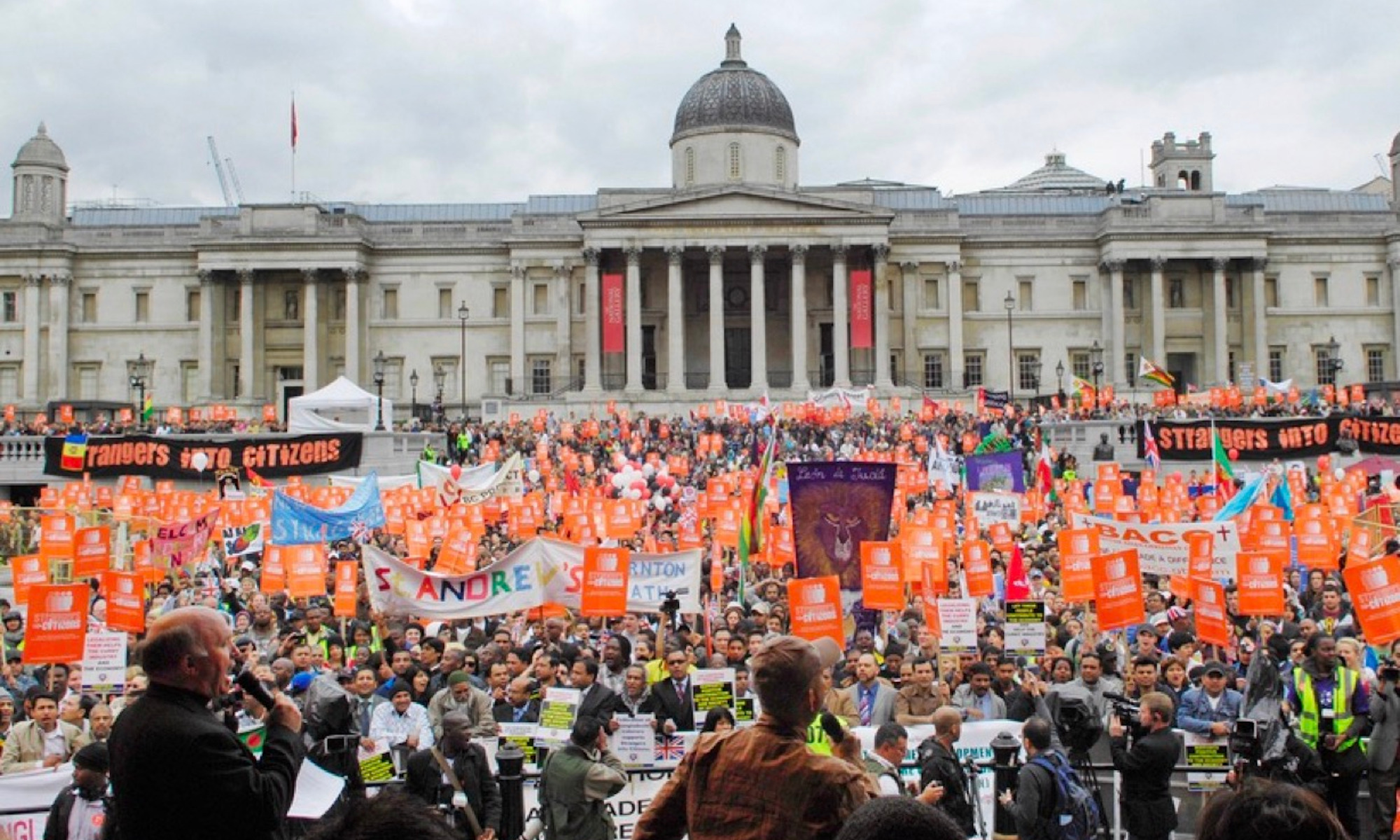
To understand the human side of life in London at this time, I focused on the penitentiary in the 1819 revision of Horwood’s map. One of the key aspects of nineteenth century London that we have discussed is the criminalization of poverty, including for children like the characters in Oliver Twist. The penitentiary highlights this impulse for punishment. Moreover, the design of the penitentiary points to how entrenched this approach to governance is. The prison is constructed as a panopticon. The intention of this design is to emphasize constant surveillance. Every cell is within view of a central security tower. While the guard cannot always observe every prisoner, the fact that the prisoner does not know if he is being watched at any given time forces him to always be on guard. This architecture, and the social theory that underlies it, shows how the built environment of London at this time evinces the philosophies and ideologies that predominated. Another key feature of the prison that struck me is the emphasis on isolation. There is one small entrance to the complex; the rest is completely walled off. Within these outer walls, each section of the prison is also walled off from all the others. It looks like the only way to pass from one arm of the panopticon to another is via the central sector around the chapel. This further underlines how the purpose behind the prison is primarily to punish, not to rehabilitate, and to strip the prisoner of his humanity. In light of this, the presence of the chapel in the center of the prison is especially interesting. As previously mentioned, churches are among the few institutions in this area of the city. In our conversations about Oliver Twist, we discussed how religion and government were often intertwined in London at this time. In that light, it makes sense that there would be a chapel within a correctional institution, especially since crime was viewed as a personal, rather than societal, failing.


Zooming out from the penitentiary, we can understand some more of the human dimension of life in Westminster. The presence of the prison suggests that some of the people living in the area are its employees. Along with the butter factory in Faden’s map, whose employees also presumably live in the area, this appears to be a working class part of the city. Moreover, the school (and its expansion with the playground by 1819) suggests a significant number of families live in this part of the city. The proximity of the legislative and judiciary arms of government may suggest that government officials reside nearby as well. Thus, there is an intriguing juxtaposition between the upper and lower classes as you move from the area around Westminster Abbey and the governmental buildings towards the penitentiary. In this one segment of London, we can see a wide swath of what life was like, and the social theories behind it.
